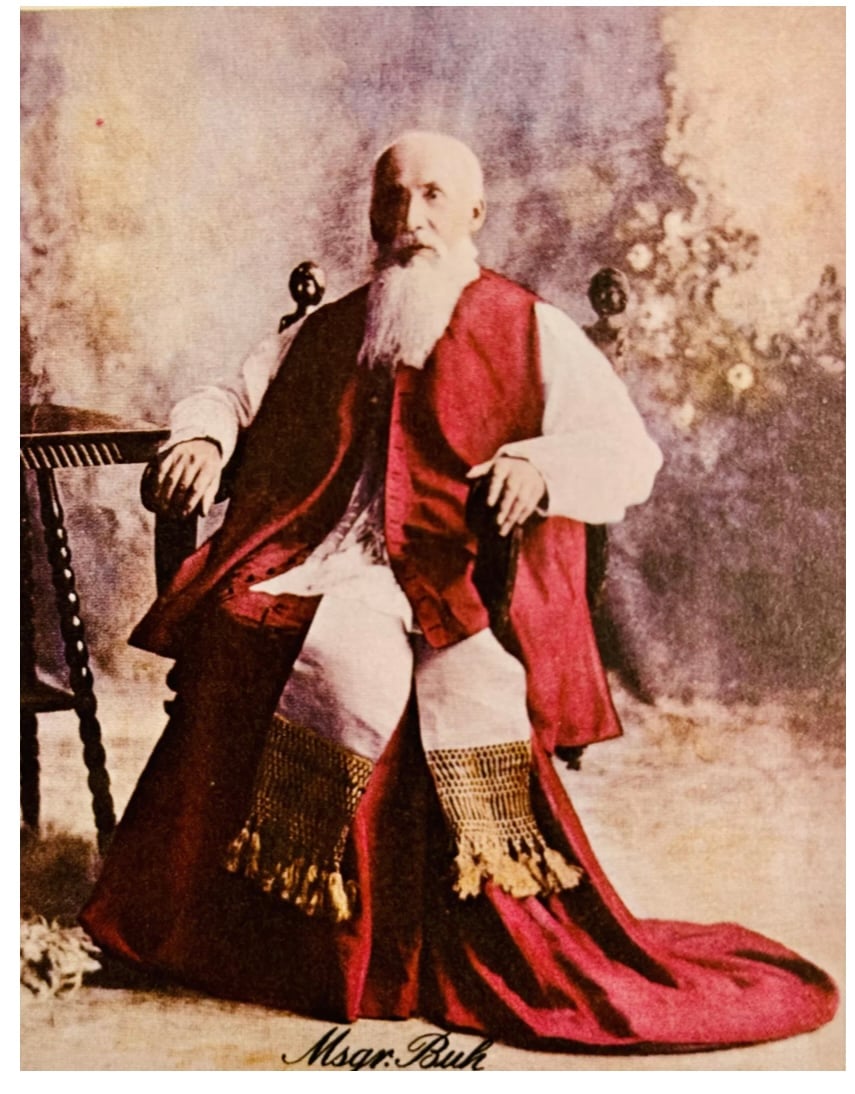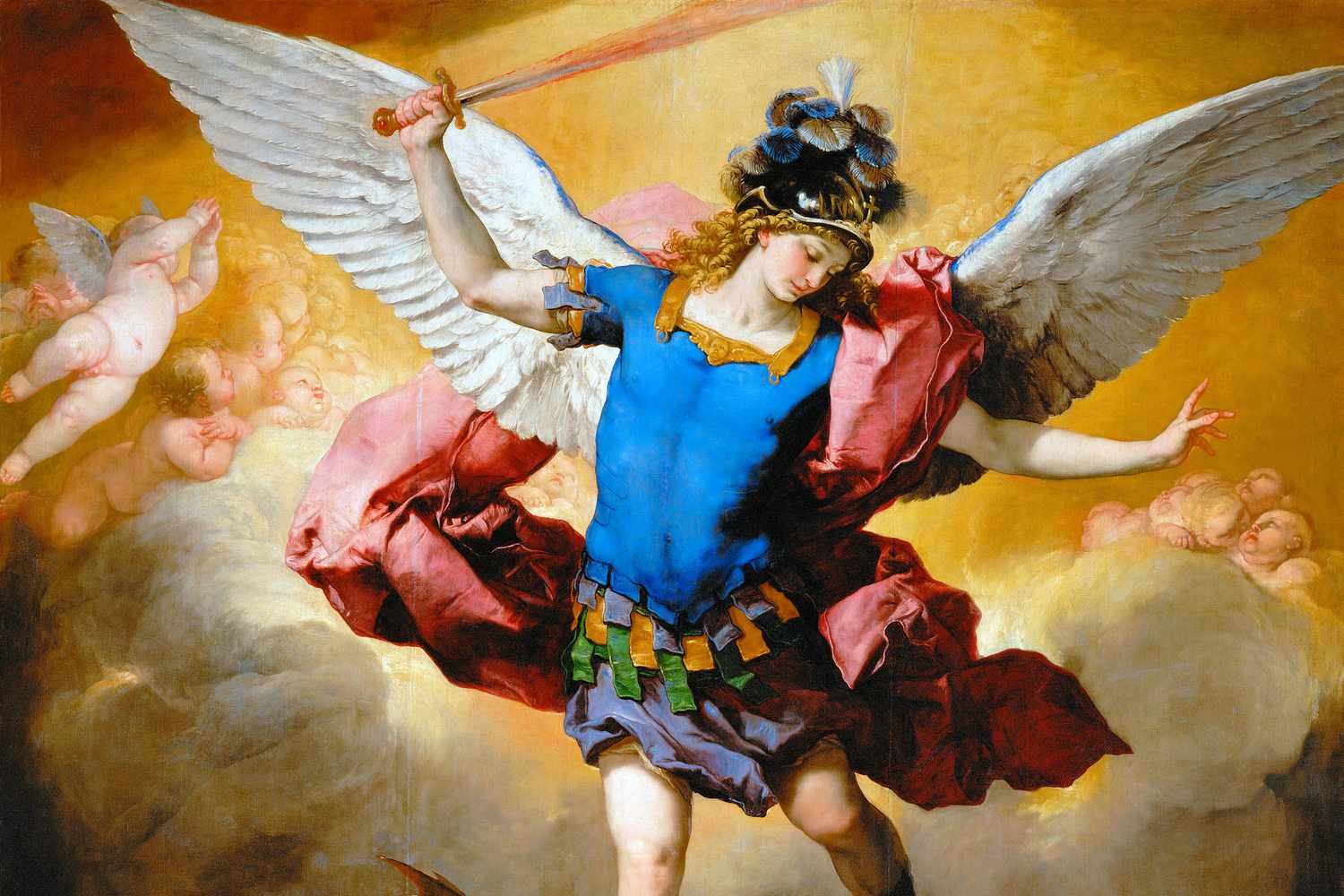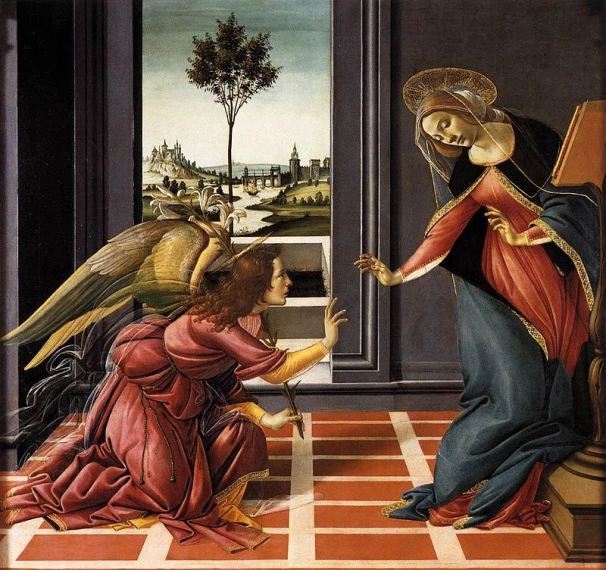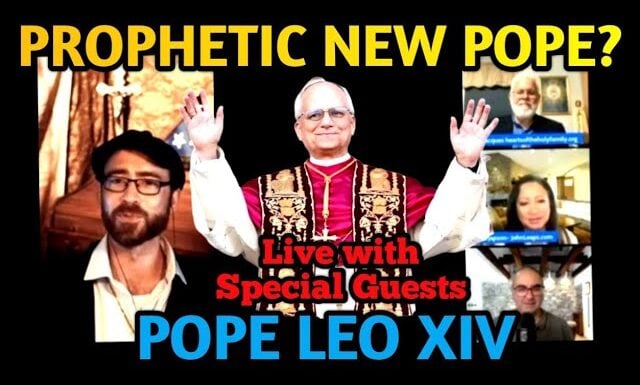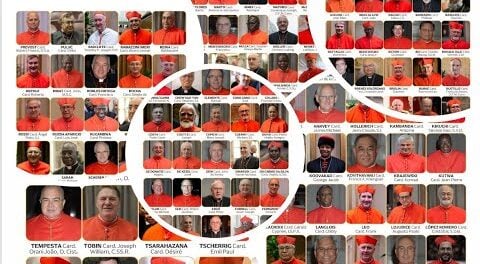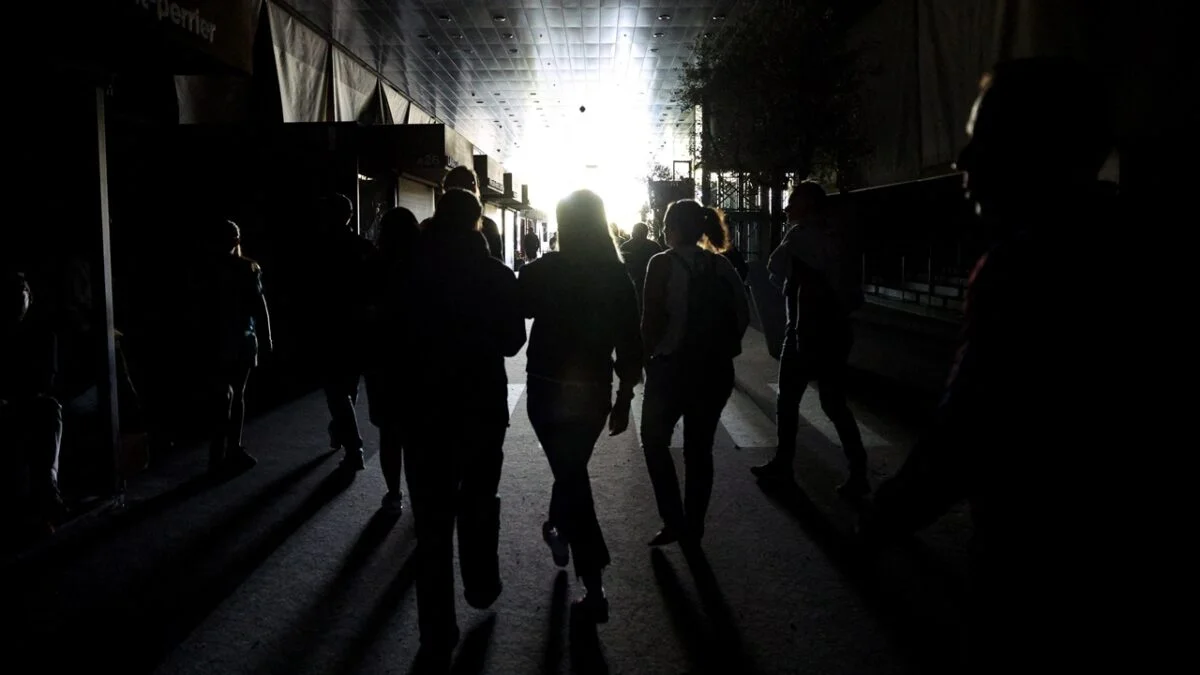
Tag: real miracles
-

Reading This Will Stop You from Committing Sin! Sufferings of Hell, Revealed to a 20th Century Mystic!
Read More: Reading This Will Stop You from Committing Sin! Sufferings of Hell, Revealed to a 20th Century Mystic!Hell is a real place. But what is it like exactly? While the Bible gives us some clues, the 20th century mystic St. Faustina received a particularly vivid vision, which she recorded in her diary. Note that such “private revelations” are not on the same level of the divine revelation given by God in Jesus Christ.…
-
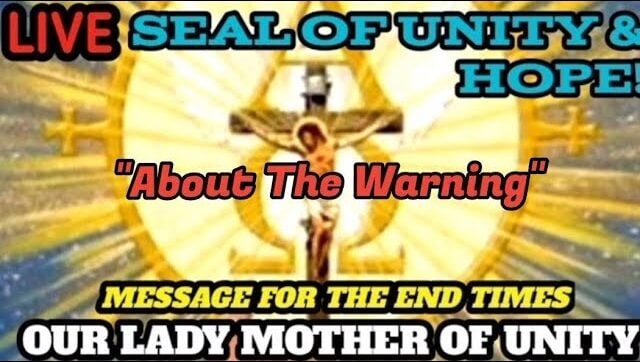
Messages for the End Times by Our Lady Mother of Hope & Unity! The Warning & Schism!
Read More: Messages for the End Times by Our Lady Mother of Hope & Unity! The Warning & Schism!JOIN us Live with Yves Jacques and Mary Chalupsky to discuss the message for the end times of Our Lady of Unity and the Seal of Unity and Hope
-
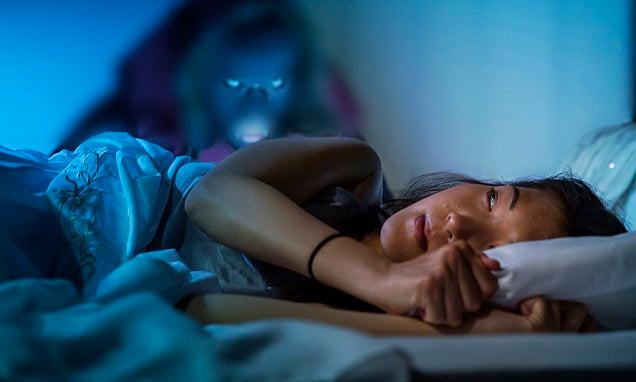
BEWARE! Symptoms of an evil spirits action within YOU!
Read More: BEWARE! Symptoms of an evil spirits action within YOU!Symptoms of demonic interference may appear on various surfaces and be characterized by various scales of intensity, apply to people, animals, places and objects. An exorcist priest’s task is to recognise the scope of the evil spirit’s action in a given case. His evaluation is usually conducted after medical examinations in order to exclude, e.g.…
-

SAVE THE POST! Daily Prayer to Mary for the Nation Before the November 5 US Presidential Election
Read More: SAVE THE POST! Daily Prayer to Mary for the Nation Before the November 5 US Presidential ElectionO Most Blessed Virgin Mary, Mother of Mercy, at this most critical time, we entrust the United States of America to your loving care. Most Holy Mother, we beg you to reclaim this land for the glory of your Son. Overwhelmed with the burden of the sins of our nation, we cry to you from…
-
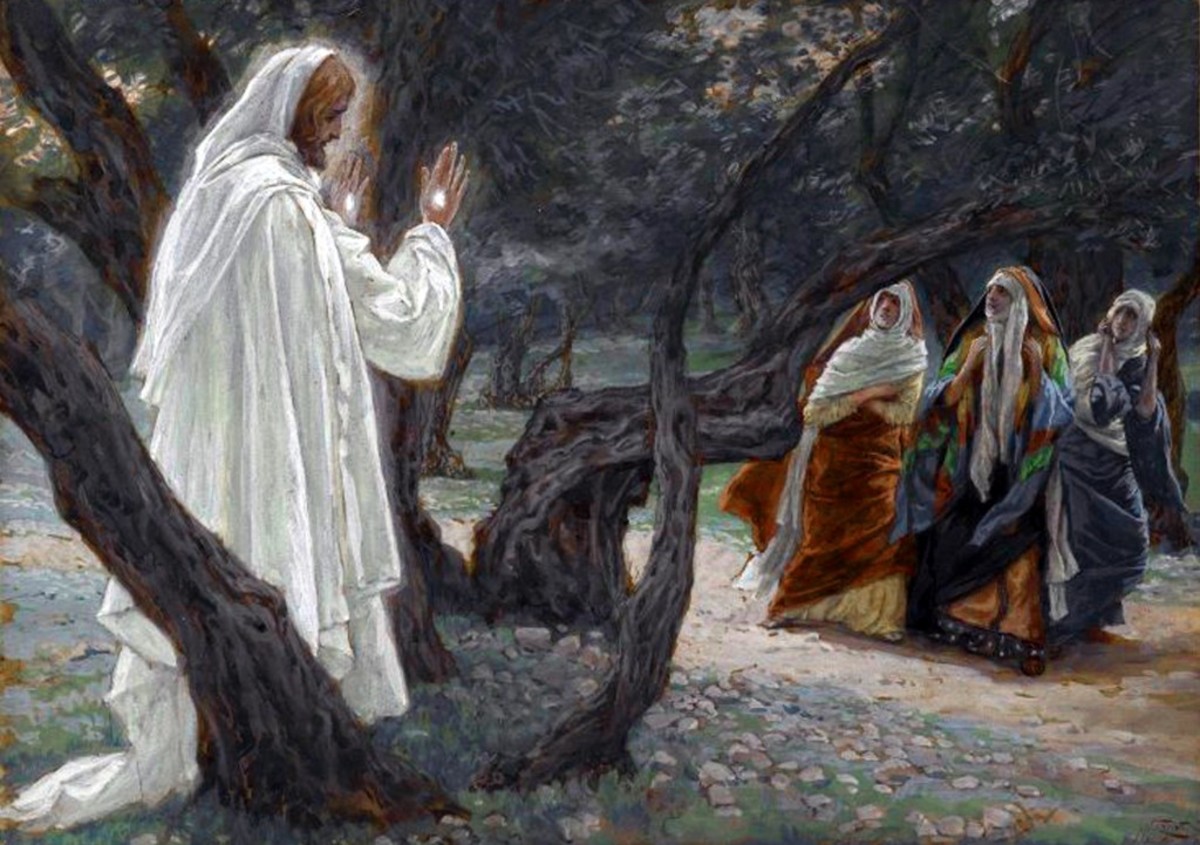
Faith Beyond Facts: 5 Catholic Miracles That Science Can’t Explain
Read More: Faith Beyond Facts: 5 Catholic Miracles That Science Can’t Explain1. The Miracle of the Sun at FatimaIn 1917, over 100,000 people witnessed the sun dancing in the sky of Fatima, Portugal. “The sun started spinning like a pinwheel, casting multi-colored lights all over the place.” Skeptics and faithful were left stunned, says Scheel. It is one of the most documented and extraordinary miracles in…
-
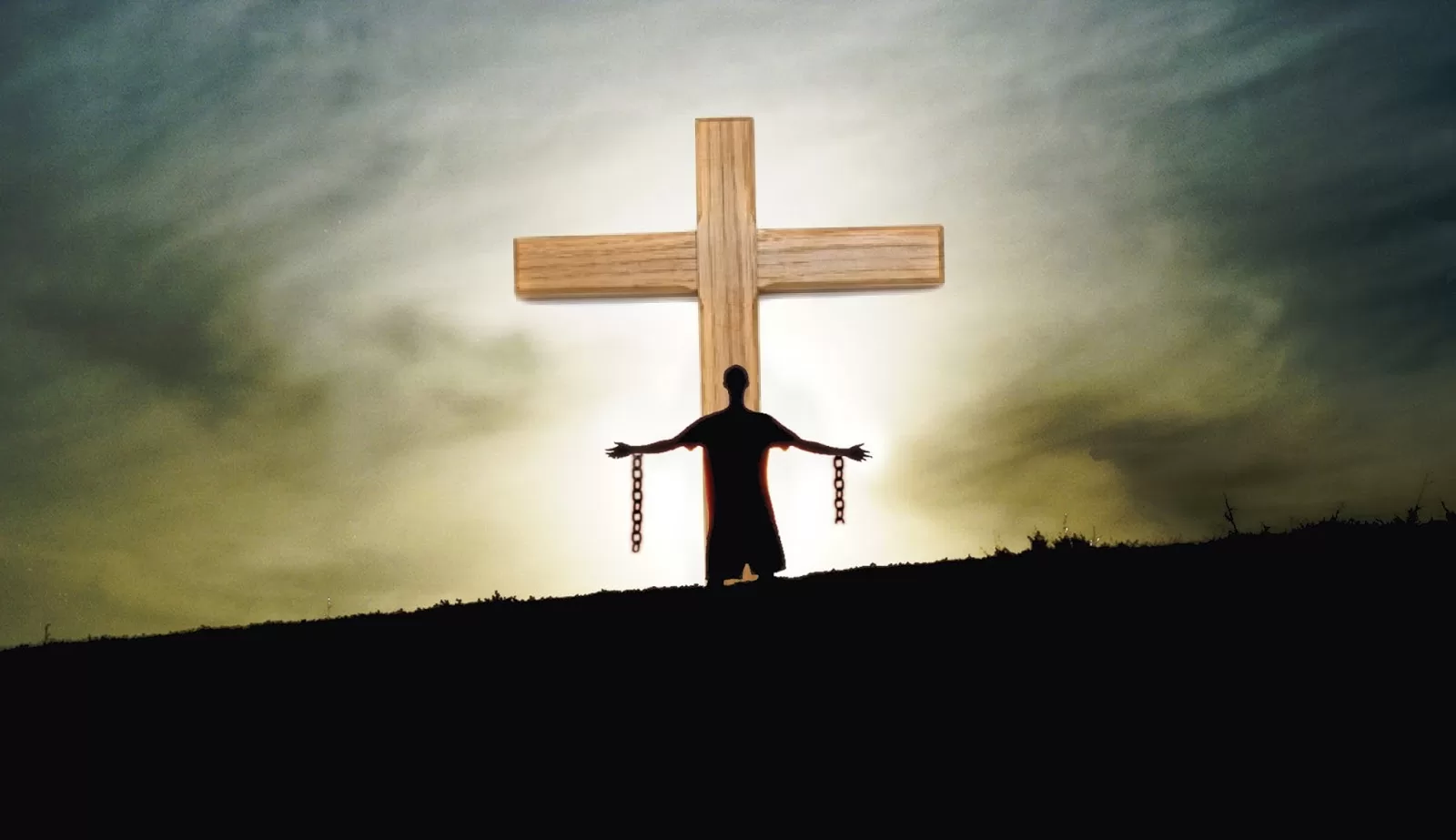
Search
Popular Posts
-
🙏 A New Chapter Begins: Supporting Pope Leo XIV with Prayer and Hope | W/ Daniel O’Connor
“Give the new pope a break and support him with your prayers.”–…
-
Possible Candidates for The Next Pope!
Some Candidates for the New Papacy Today we will share with you…
Categories
Archives
Tags
#Miracles (102) 2023 (4) 2024 (4) approved miracles (2) catholic (141) catholic blog (375) catholic meditations (7) catholic miracles (371) catholic motivation (2) catholic news (371) catholic prayers (4) CatholicSeers (359) catholic vlog (375) catholic websites (6) Eucharistic miracle (2) fr jim blount (3) GisellaCardia (11) hamas (3) imitation of christ (2) Israel (4) israel live (5) Israel news (9) jesus (3) jesus christ (4) Latest messages (11) lent 2023 (10) lent 2024 (4) lent homily (2) lent retreat (4) lent retreat 2023 (3) Lourdes (2) messages from god (6) MessagesFromHeaven (364) miracles of catholic church (2) mother and refuge (2) ourlady (325) OurLadyApparitions (22) our lady of lourdes (2) Pope (2) POPE francis (3) pope francis news (2) prayers (3) real miracles (356) sacred heart of jesus (2) The Miracles of Lourdes (2)



